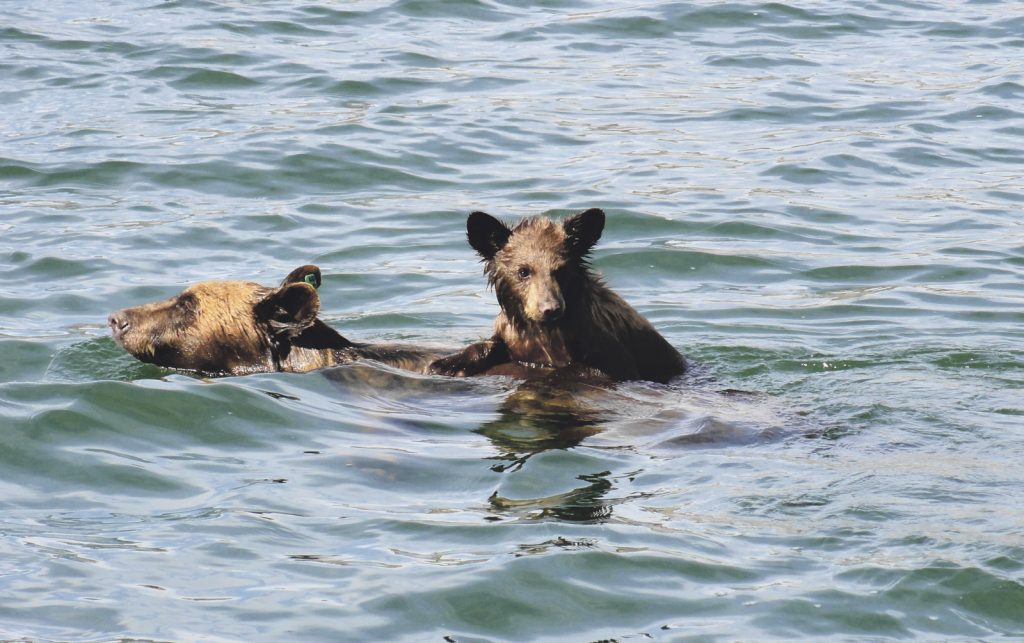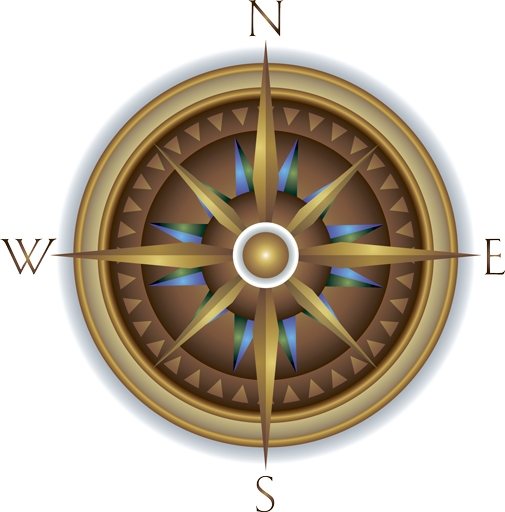
If you have a camera and are inclined to trek through the extensive wilderness that composes the greater portion of Pagosa Country, be prepared for the chance to snap the shot of a lifetime.
In a region that ranges from 6,000 to 13,000 feet in elevation, the 1.8-million-acre San Juan National Forest not only hosts a complex diversity of climate zones, ecological niches and microenvironments, but also is home to a vast array of wildlife that call these diverse habitats home. As the country climbs in elevation from the south and east to the mountains north and west, that diversity becomes apparent as high-desert plateau gently transitions into alpine forest, then dramatically ascends beyond the tree line to alpine tundra. While many species of wildlife prefer to inhabit a specific ecological zone, others travel throughout Pagosa Country, seeking resources and habitat wherever they can find them.
Coyotes, foxes, cougars and black bears may roam the region at almost any elevation and are a common sight (and sometimes a nuisance) for residents. A special, but not uncommon, sight is the symbol of our country — the American Bald Eagle — soaring majestically above meadows, lakes or rivers at all elevations. Snapping a photo of one of these birds perched atop a ponderosa pine is a rare treat.
In the lower reaches, short-horned lizards, eastern fence lizards, western rattlesnakes and ringtail cats share sandy sage flats, arid rocky slopes, deep canyons and sandstone mesas with jackrabbits, prairie dogs, elk and mule deer. Piñon jays, turkey vultures, red-tailed hawks and golden eagles commonly grace the sun-drenched skies above the high-desert plateau.
In the high country, observers may see bighorn sheep, snowshoe hares, ptarmigan or a rare Canada lynx. Although normally a denizen of high-country meadows, willow flats, forests and lakes north of Pagosa Springs, it is not unusual for the Shiras moose to be seen at most elevations. The largest member of the deer family, these solitary individuals occasionally wander the streets and outskirts of town.
While the encroachment of civilization on some of the region’s wilderness has decreased the numbers of several species in the area, many other species are thriving and even increasing in numbers, including foxes and coyotes, mule deer, bears, magpies, crows and ravens, golden and bald eagles, wild turkeys and vultures. While mountain lions are normally solitary and secretive, reported sightings have become frequent, particularly between the hours of 10 p.m. and 4 a.m. Residents are cautioned not to feed local wildlife, especially as prey species can attract lions into residential areas. Food should never be left out to attract bears.
In the spring and early summer, infrequent hikers and wildlife watchers will invariably stumble upon a newborn fawn or elk calf. Baby birds, rabbits, foxes and squirrels may appear quite approachable, yet mother is almost certainly nearby. As long as a potential predator lurks about, she’ll not return to feed or coddle her young. Therefore, it is always best to back away and leave little ones as they’re found. Survival in the wild is challenging enough without avoidable human interference.
In a bountiful area as rich and diverse as Pagosa Country, vigilant observers will enjoy an array of wildlife matched by few places on earth. The adventurous outdoors person traveling the canyons, mesas and forests early or late, moving in silence and employing a pair of good field glasses, is almost guaranteed to be rewarded with the sight of wildlife in their natural habitat — and the experience of a lifetime.
Please note that wildlife should not be harassed, captured, domesticated or fed. Intentional or inadvertent feeding is the major cause of most wildlife problems. Under Colorado law, intentionally feeding big game animals is illegal. The prohibition applies to deer, elk, pronghorn, mountain goats, bighorn sheep, mountain lions and bears.
For more information about the best hiking trails for wildlife watching in the San Juan National Forest and surrounding wilderness areas, visit the U.S. Forest Service website at www.fs.usda.gov/sanjuan/ or stop by the Pagosa Ranger Station at 180 Pagosa St.
For information about Colorado’s wildlife and hunting and fishing licenses, go to Colorado Parks and Wildlife’s website at cpw.state.co.us.

